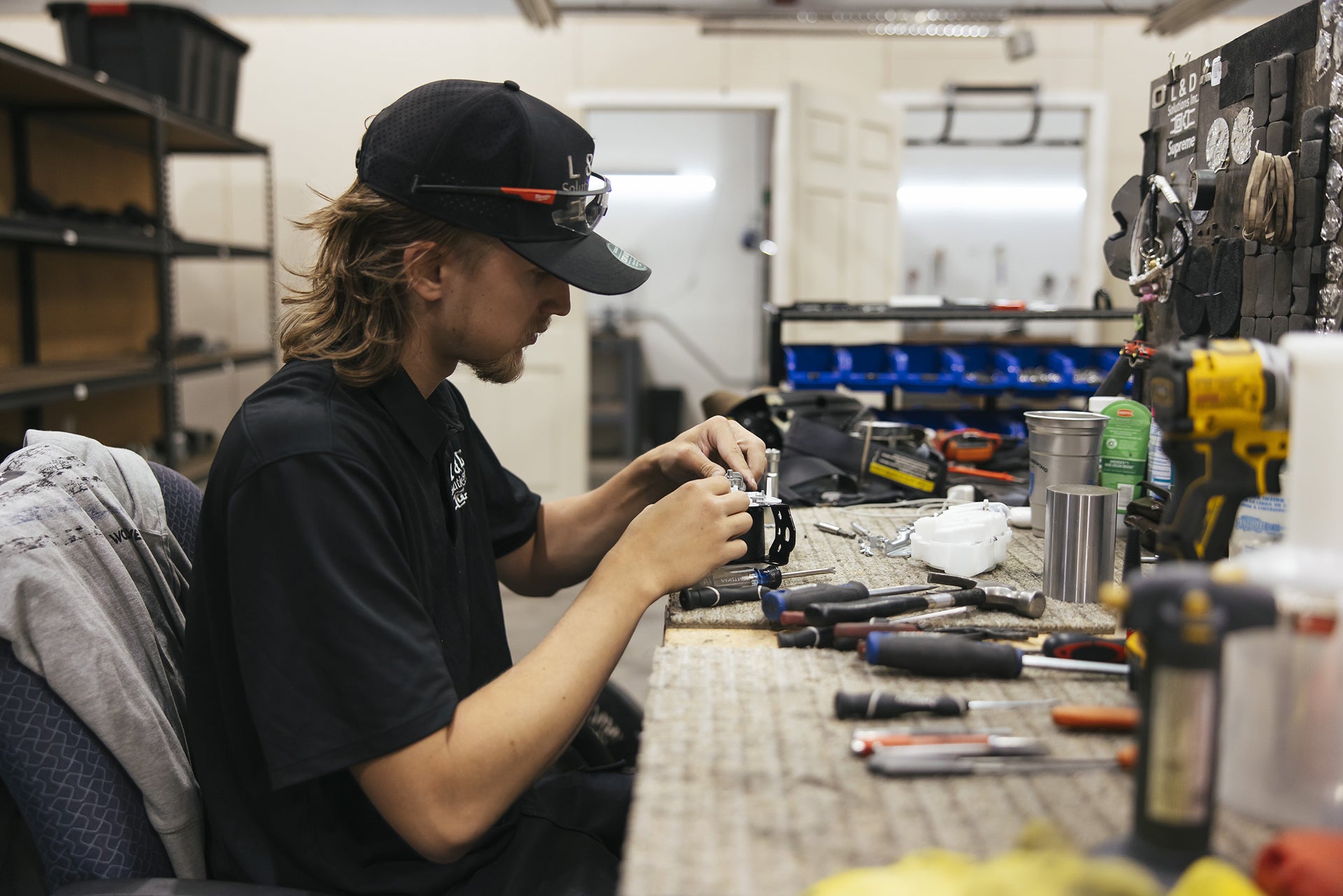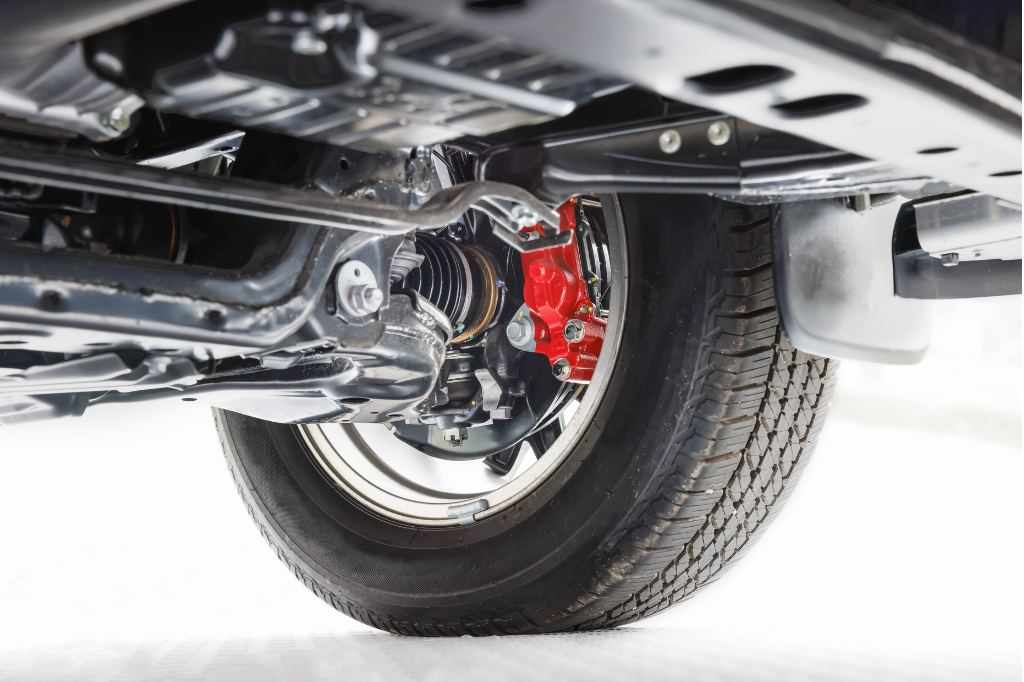Airbag suspension, often known simply as 'air suspension,' is a type of vehicle suspension powered by an electric or engine-driven air pump or compressor. This compressor pumps air into flexible bellows, typically made from textile-reinforced rubber. Unlike traditional steel spring suspension, airbag suspension is adjustable, allowing for a smoother ride and variable load management.
Components of Airbag Suspension
The major components of an airbag suspension system include:
Air Bags: These are the rubber bladders that replace traditional springs.
Compressor: The compressor generates the pressurized air necessary to inflate the air bags.
Air Lines: These tubes connect the compressor to the airbags, allowing the transfer of air.
Valves: They control the air flow into and out of the air bags.
Reservoir: This tank holds the compressed air that is used to inflate the air bags.
Controller: The system that allows the driver to adjust the air suspension settings.
How Airbag Suspension Works
When a vehicle with airbag suspension encounters a bump, the air bags compress, absorbing the impact. The air within the bladders provides resistance against the suspension load. Adjustments can be made either manually or automatically to the air pressure, changing the stiffness and ride height of the vehicle, thus providing a smoother ride over a variety of road surfaces.
Advantages of Airbag Suspension
Airbag suspension systems offer several advantages over conventional spring systems:
Adjustable Ride Comfort: The firmness of the ride can be fine-tuned for comfort.
Load Handling: Air suspension can be adjusted for varying loads without changing the vehicle's ride height.
Improved Handling: Vehicles with air suspension can maintain a level stance during cornering, which can help to improve stability.
Reduced Roll and Pitch: Airbag suspensions help in reducing body roll and pitch during acceleration and braking.
Versatility: Great for vehicles that undergo different usage conditions, such as towing or load carrying.
Maintenance of Airbag Suspension
Like any automotive system, airbag suspension requires maintenance to ensure its longevity and proper operation:
Regular Inspections: Check for leaks, damage to air bags, and worn components.
Monitor Air Pressure: Keep your airbags inflated to the manufacturer's recommended levels.
Replace Parts As Needed: Occasionally, parts such as air lines, valves, or the compressor may need to be replaced.
Follow Service Intervals: Adhere to the vehicle's service schedule for the air suspension system.
Potential Downsides
There are some potential downsides to consider with airbag suspension:
Cost: Airbag suspension systems are generally more expensive to repair or replace than traditional suspension components.
Complexity: The increased complexity of the system means there's more that can potentially go wrong.
Sensitivity: Airbag suspension can be sensitive to temperature changes and may require adjustments with varying climates.
Choosing an Airbag Suspension Kit
If you're considering upgrading to airbag suspension, it's important to choose a kit that's appropriate for your vehicle and intended use. Consider the following:
Vehicle Type: Kits are specific to vehicle makes and models.
Usage: Determine whether the kit suits off-road use, towing, load carrying, or general driving.
Quality: High-quality components may cost more initially but could save money in the long run by being more durable and reliable.
Warranty: Look for kits that offer a good warranty.
DIY Installation vs Professional Installation
While some enthusiasts opt for DIY installation of their airbag suspension, professional installation is recommended for those who aren't mechanically inclined. A professional can ensure that the system is installed correctly, which is critical for the safety and performance of the vehicle.
In summary, airbag suspension is an advanced system that offers customizable ride comfort and improved load management. Whether you decide to upgrade your vehicle for better handling, towing capacity or just for a smoother ride, it's vital that you maintain the system properly and understand both its advantages and potential downsides. With the right knowledge and care, an airbag suspension system can greatly enhance your driving experience.




Leave a comment
This site is protected by hCaptcha and the hCaptcha Privacy Policy and Terms of Service apply.